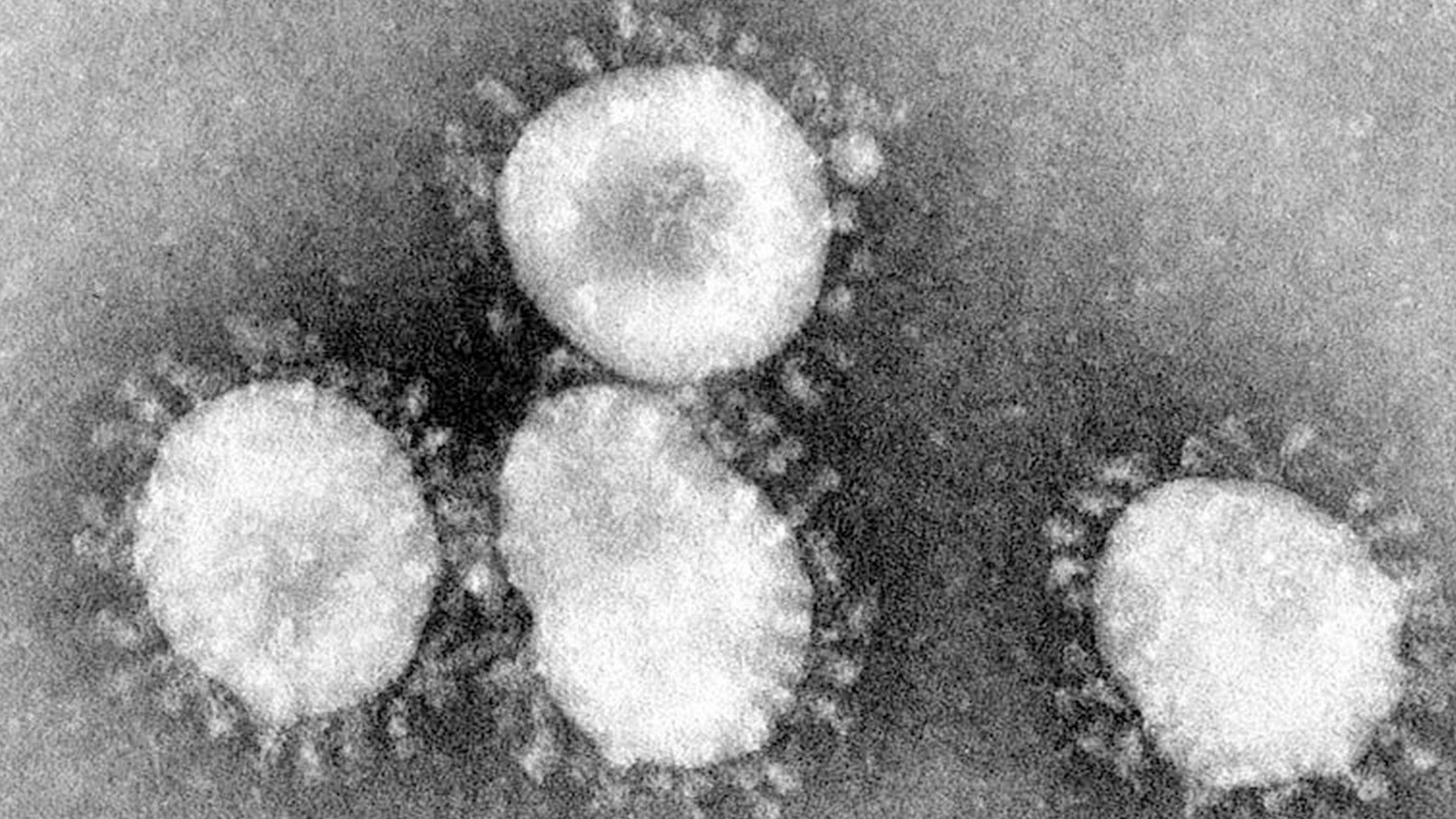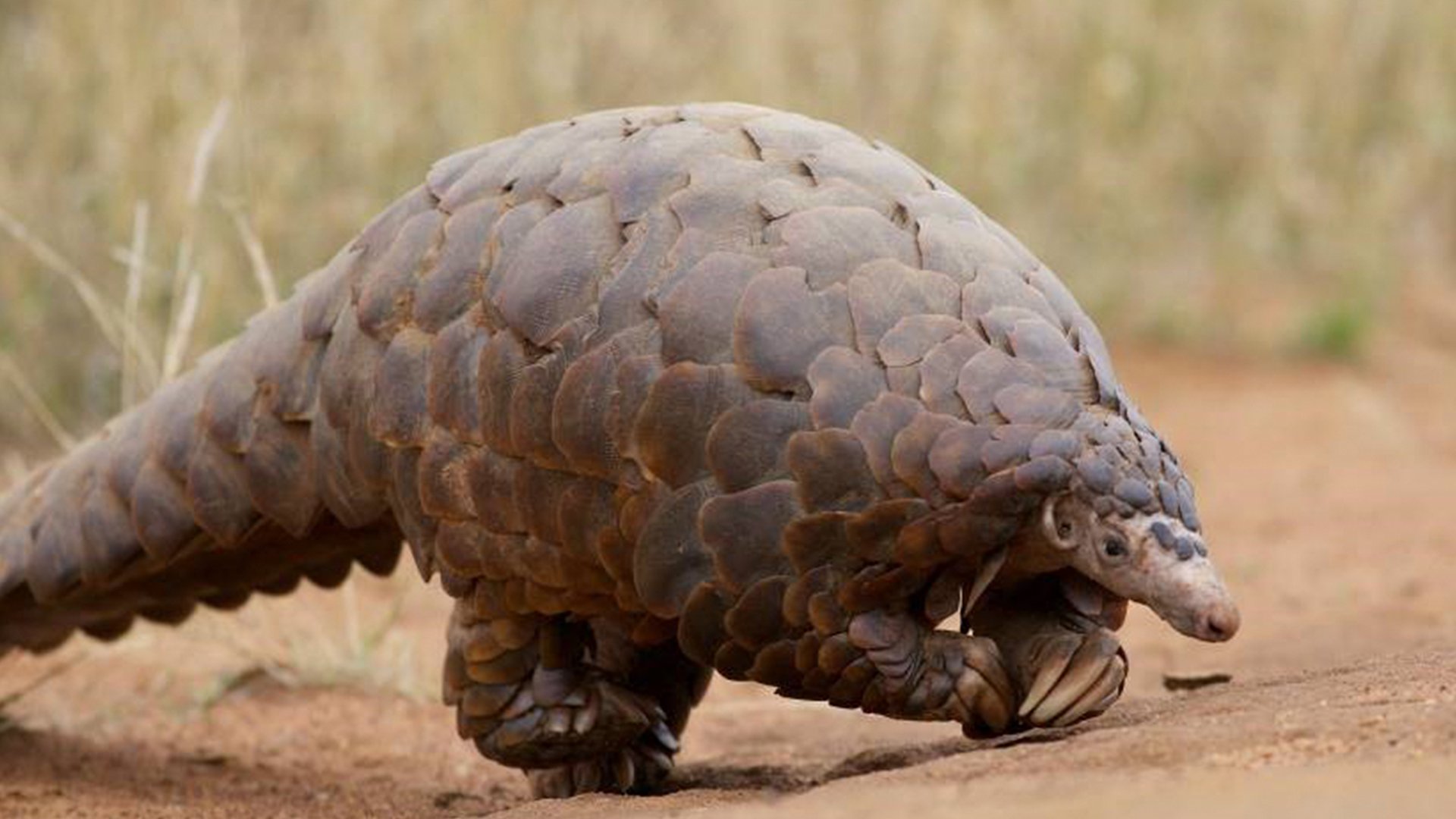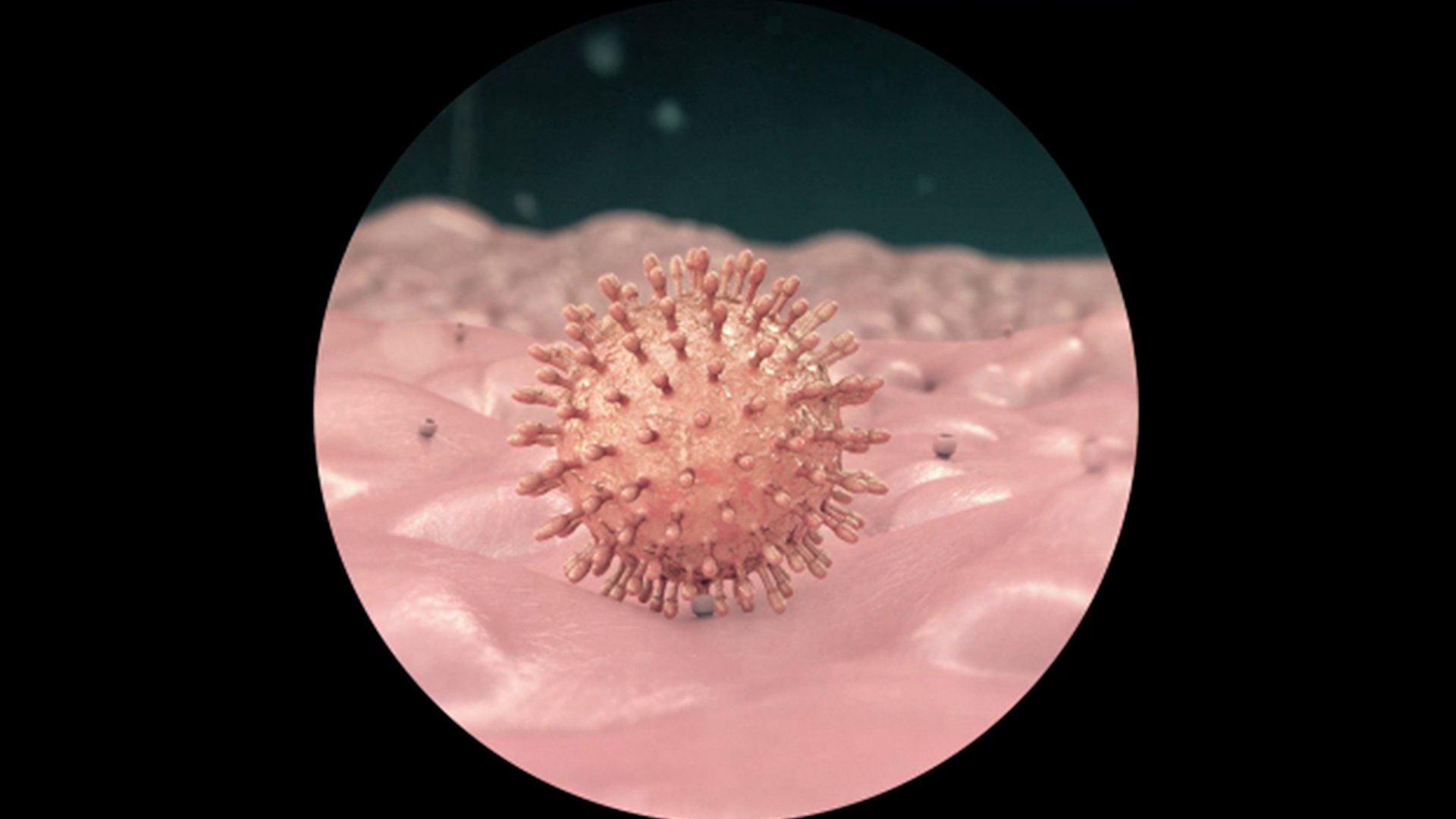What are coronaviruses?
Coronaviruses (CoV) are a large family of viruses that can cause diseases, ranging from colds to more serious illnesses. Examples include Middle East Respiratory Syndrome (MERS-CoV) and Severe Acute Respiratory Syndrome (SARS-CoV). Coronaviruses are round in shape, averaging 125 nm in diameter, and have club-shaped spikes on their membrane that led to them being named ‘corona’ (Latin for ‘crown’). The Coronaviridae family has been studied since the 1940s, when the first strain was isolated in mice.
In humans, coronaviruses are present mainly in the respiratory tract and the gastrointestinal tract. As such, these viruses are associated with a range of mild to fatal upper and lower respiratory tract infections and may play a mild role in acute gastroenteritis (AGE). The new coronavirus, called SARS-CoV-2, is a strain that has not been previously identified in humans. The virus can cause the disease known as Covid-19.

Where did it come from?
Viruses from this family are normally found in animals, such as cattle, camels and dromedaries, felines and bats. The virus is not commonly transmitted to humans, a process that is known as zoonosis. SARS-CoV and MERS-CoV are zoonotic and made the jump to humans from civet cats and dromedaries, respectively. Coronaviruses do not appear to be pathogenic – or at least are less pathogenic – in these animals. A 2007 study showed that the virus has a fairly constant population growth in bats. However, when it is transmitted to another host it begins to multiply exponentially.
In the Wuhan region of China, an outbreak of the new coronavirus SARS-CoV-2 started in December 2019. Like SARS-CoV, SARS-CoV-2 is found in various species of bats. It is still unclear whether the virus was transmitted directly from bats to humans or whether another mammal was the source. Research into the origin of the virus suggests that the first patients contracted it in a market in Wuhan. A virus that closely resembles COVID-19 was discovered in a Chinese pangolin, considered a delicacy in Chinese cuisine.

How does it work?
Coronaviruses can cause disease symptoms in both animals and humans. Until the outbreak of the SARS epidemic in 2003, coronaviruses were only thought to cause general cold symptoms. Like other viruses, coronaviruses multiply in the cells of their host. The virus lands on the surface of a cell and injects its genetic material (in the case of coronaviruses, this is RNA). The viral material is incorporated into the host cell and stimulates the production of new viruses. Eventually, the cell breaks apart and releases thousands of new copies of the virus. It is this cell infection and death that causes the disease symptoms. During the infection, coronaviruses cause changes in the host cell that can be identified by scientists. For example, the endoplasmic reticulum of the host cell rolls up in specific areas. This is how the virus protects itself from the host's immune system.
SARS-CoV-2 may cause the disease COVID-19. Common signs of the infection include respiratory symptoms, fever, coughing, shortness of breath and difficulty breathing. In more serious cases, the infection can cause pneumonia, severe acute respiratory syndrome, kidney failure and even death. For more information about coronavirus, visit the website of the RIVM .

